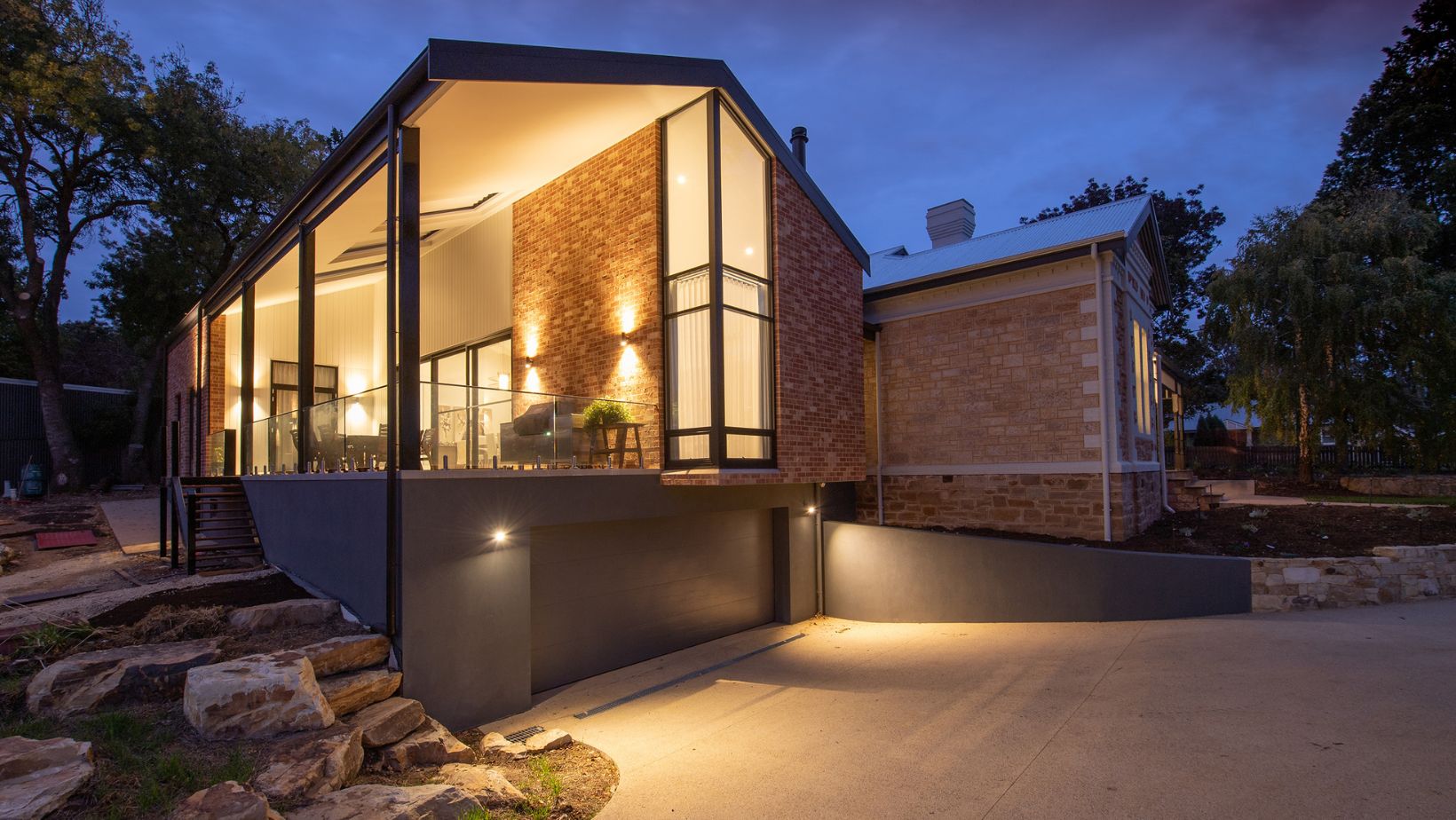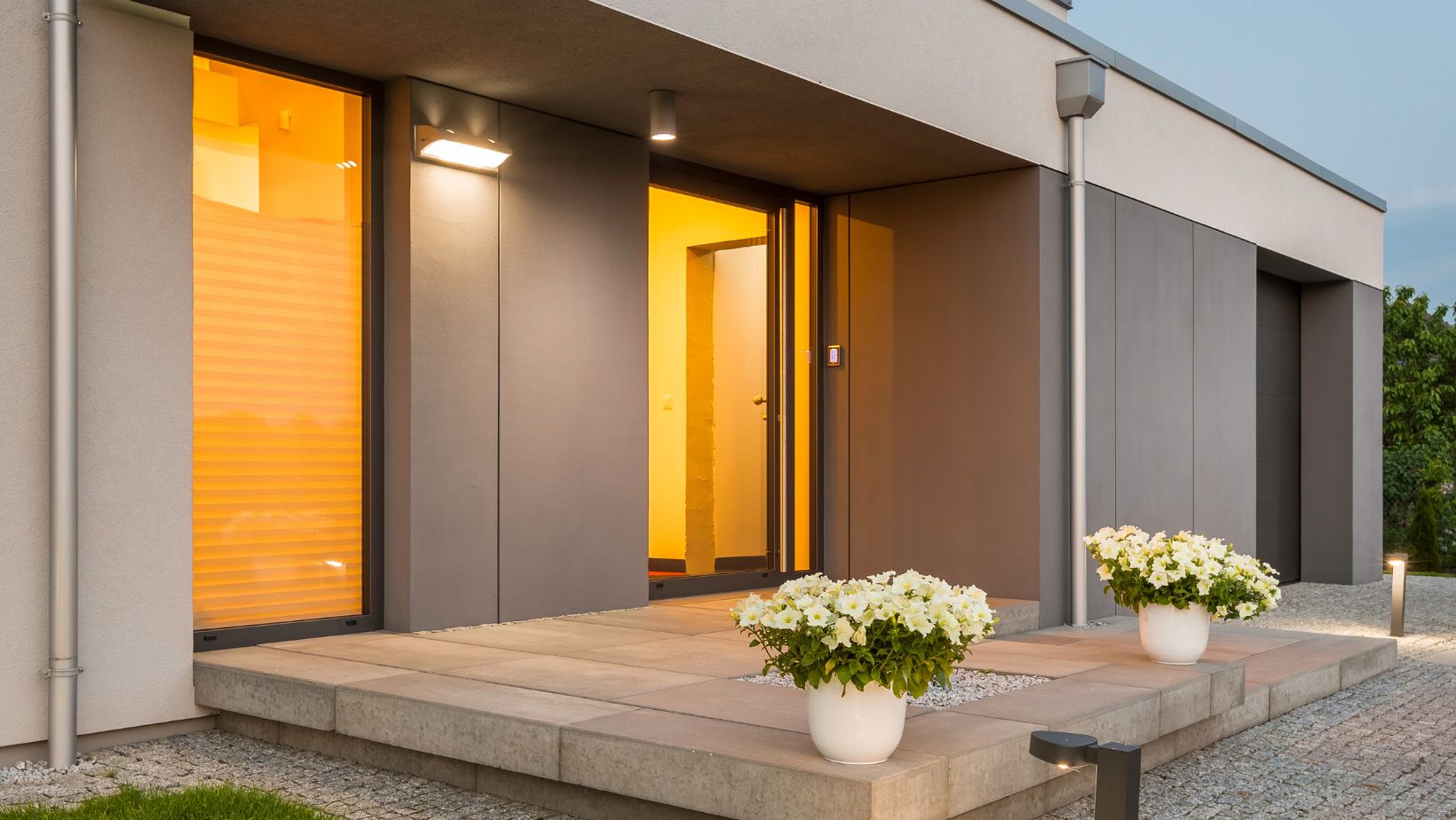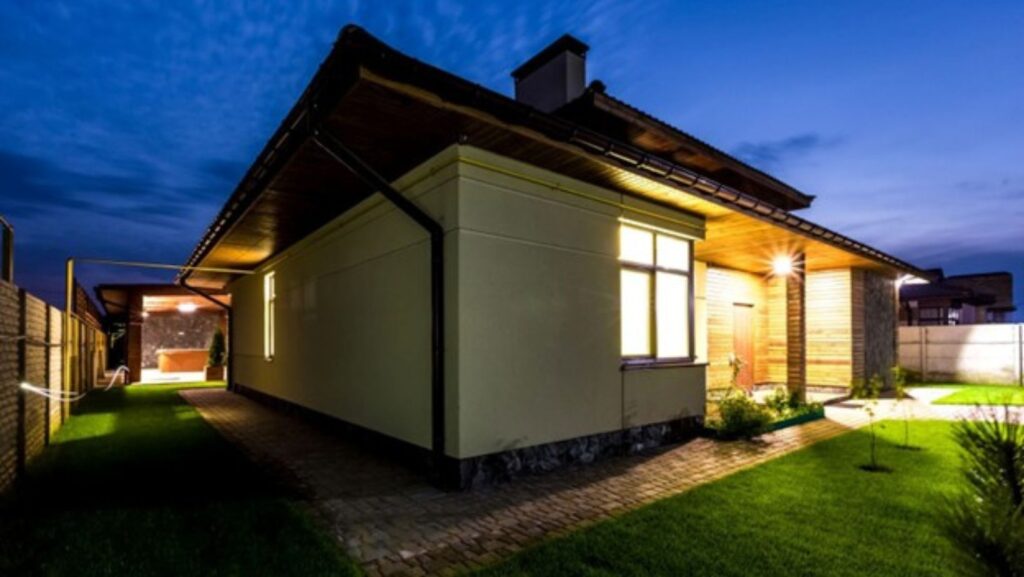Outdoor lighting plays an essential role in both homes and businesses by enhancing security and improving aesthetic appeal. Its primary purpose is twofold: to protect properties from unwanted intrusions and to create visually pleasing environments. The integration of technology in outdoor lighting systems, such as motion sensors and smart lighting, is gaining popularity due to its multiple advantages. In this article, we’ll explore the ways in which outdoor lighting improves security and aesthetics, discuss various lighting options, and provide guidance on planning and maintaining effective lighting systems.
The Role of Outdoor Lighting in Enhancing Security
Outdoor lighting serves as a vital deterrent against criminal activities by eliminating dark areas around properties. Well-illuminated spaces are less appealing to potential intruders, as they increase the risk of being seen or caught. Particularly, motion-sensitive lighting offers substantial security benefits by unexpectedly illuminating any unexpected visitors, thereby reducing the likelihood of intrusions. For homeowners and business owners looking to improve safety, lighting for security is a crucial investment, ensuring that key areas such as entryways, driveways, and pathways remain well-lit and secure.
The strategic placement of lights is crucial for covering entrance points and pathways. By ensuring these areas are well-lit, property owners can significantly enhance the safety of their premises. Furthermore, outdoor lighting contributes to a neighborhood watch-like ambiance, where the illumination acts as a form of passive surveillance. By lighting up your surroundings, it becomes easier for neighbors and passers-by to spot suspicious activity.
Aesthetic Benefits of Outdoor Lighting
Lighting does more than just illuminate; it highlights the architectural features of a property, turning them into focal points after dark. By choosing the right color, temperature, and lighting style, an ambiance can be crafted to match any desired mood, from warm and inviting to sleek and modern.

Outdoor lighting also plays a crucial role in enhancing landscaping elements. Well-designed lighting can make gardens and trees come to life at night, adding an enchanting effect to the property. Beyond aesthetics, outdoor lighting contributes to a welcoming environment, making guests feel invited and creating a sense of warmth.
Types of Outdoor Lighting: Options and Innovations
Various types of outdoor lighting are available, each with its own set of advantages. LED lighting, known for its energy efficiency and durability, is a popular choice. Solar lights harness the power of the sun, offering an eco-friendly option with minimal running costs. Electric lighting remains a reliable option, providing consistent brightness.
Innovations like smart lighting systems have further broadened the choices available to property owners. These systems can be controlled remotely via smartphones or home assistants, providing convenience and enhancing both the security and aesthetics of outdoor spaces. Comparisons of energy efficiency and cost-effectiveness across these technologies reveal that while LED and solar lighting may have a higher initial cost, their long-term savings are significantly greater.
Customizable lighting solutions allow property owners to match the lighting with their property’s design, ensuring a harmonious and coherent look. Such innovations mean that there’s a lighting plan suitable for every taste and requirement.
Planning and Designing Effective Outdoor Lighting
To maximize the impact of outdoor lighting, a proper evaluation of one’s property should be conducted. Identifying key areas that require illumination, such as entryways, pathways, and dark corners, is a crucial first step.
Balancing aesthetics with functionality is important for achieving the desired effect. The choice of lighting fixtures for specific areas should be deliberate, considering both the purpose and design aspects. For instance, pathway lights should be functional but also stylish enough to complement the overall aesthetic of the outdoors.

Professional installation is recommended to ensure safety and optimal performance. Certified installers can advise on the best placements and installations, reducing risks associated with electrical faults and subpar installations.
Maintenance and Upkeep of Outdoor Lighting Systems
Regular maintenance is necessary to ensure that lighting systems remain functional and efficient. This includes checking for burnt-out bulbs, ensuring fixtures are clean, and assessing the condition of wiring. Seasonal adjustments, such as repositioning lights to account for snow in winter or leaves in autumn, keep systems in top shape.
Common issues like faulty wiring or malfunctioning bulbs require troubleshooting, which can typically be resolved with simple repairs or replacements. Routine checks and timely interventions play a critical role in prolonging the lifespan of lighting fixtures and maintaining the security and beauty of outdoor spaces.
Conclusion
In summary, outdoor lighting offers the dual benefits of enhancing security and improving aesthetic appeal. Thoughtful design and strategic placement of lights can deter crime while also highlighting the beauty of a property. Regular upkeep and maintenance ensure that lighting systems remain effective and durable over time.
Property owners are encouraged to review and upgrade their outdoor lighting systems, considering technological advancements and energy-efficient solutions. Consulting with a lighting professional can provide valuable insights and ensure that both security and aesthetic goals are met efficiently.


More Stories
Leading Safety Gear and PPE Brands for Homeowners to Feel Safe During Home Improvements
Furnace Installation in Calgary: Expert Tips for Choosing the Right System
Why Cybersecurity Matters in the 21st Century